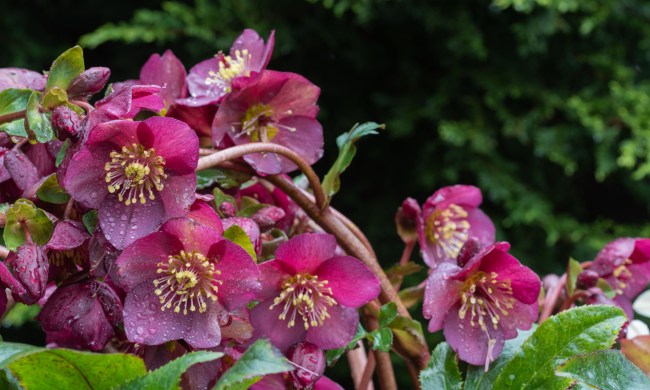Colorful flowers bring so much joy to a gardener’s life, but if you’re just starting out, then it can be challenging to get all the colors you want. While there are flowers of almost every color, from vibrant, fiery red to dark, moody purple, not every flower comes in every color.
Filling a garden with different flowers can be tricky for beginners, since you need to learn each plant’s care requirements. That’s part of why African daisies are so popular. These flowers are easy to grow and available in just about every color, so you can have an explosion of color without stressing. To get started, just follow this guide to African daisy care.
African daisy care

African daisies are somewhat drought tolerant, but they struggle to bloom without water, so regular watering is important. However, they will not tolerate overwatering and can develop root rot if left in wet soil for too long. To avoid this, don’t water your African daisies when the soil is still wet. Let the soil dry, then give it a deep watering. If your African daisy is in a pot, make sure the excess water is draining out of the bottom properly. Remember that you may need to water more frequently during hot, dry weather.
Depending on how naturally rich your soil is, your African daisy may not need any fertilizer. A balanced or phosphorus-heavy fertilizer is helpful for encouraging your African daisy to bloom or if the soil is low on nutrients. Additionally, potted African daisies will need more regular fertilization, typically every few weeks during the growing season. Perennial African daisy plants are more likely to need regular fertilizer as they grow, since the soil will naturally deplete over the years.
Deadheading your African daisy by clipping stems with wilted flowers will encourage your plant to keep blooming. Keep an eye out for small pests, particularly mites, aphids, and whiteflies. These tiny pests are nuisances, but they can cause damage in larger numbers and even spread diseases. An insecticidal soap can help keep them off of your plants.
Planting African daisies

African daisies are not particularly frost-resistant flowers, so they shouldn’t be planted outdoors until the last frost of the year has passed. Mid to late spring, when the weather is warm and sunny, but not quite hot yet, is the ideal planting time. Your USDA hardiness zone will also determine whether your African daisies are perennials or annuals. Since they can’t tolerate cold weather, African daisies are annuals when grown outdoors north of zone 10. In zones 10 and 11 they can grow as perennials. Indoor African daisies can be perennials, and they can be planted at any time, provided you’re able to keep the plant warm.
These types of daisies are not picky when it comes to soil type and pH, but they do require well-draining soil. For potted African daisies, regular potting soil will do just fine. If your garden soil drains slowly, mixing in compost will help improve the drainage and add extra nutrients to the soil. Choose a planting site in full sun for the best flowers. African daisies can tolerate light shade, but may not bloom as much. Grow lights can be helpful for indoor African daisy plants.
Are African daisies pet safe?

If you want to grow African daisies in your garden or home but have a dog or cat that loves chewing on all your houseplants, then you’ll be relieved to know that African daisies are considered nontoxic and perfectly safe for your pets. They’re even safe for rabbits, although they aren’t a favorite snack for most rabbits. While there are other plants to be wary of, African daisies are fine to plant all around your home. They’re safe for kids as well, so no need to worry about your curious kiddo sneaking a bite.
Popular types of African daisy flowers

If you want some guidance on what kind of African daisy to start with, here are a few popular varieties and cultivars. The Bright Lights series of African daisies features rich colors with a classic daisy shape, making them a good place to start. Bright Lights Horizon Sunset is particularly nice, with flowers that are orange around the edge and pink near the center for a gorgeous sunset effect. For something a little unique, try Bright Lights Double Moonglow, which features the classic daisy colors of white petals and yellow center. The interesting feature is the center, which is made up of tiny petals, so it looks like a cluster of smaller flowers.
If you want something even more different, look for Purple Spoons. These fascinating flowers are commonly purple or pink, and the petals curl in the center. This turns part of the petal into a thin tube, leading to the broader flat part of the petal at the end. In short — the petals are spoon shaped! It’s a whimsical type of African daisy, perfect for anyone who wants the colors and easy care of an African daisy but is a little bored with the standard shape.
African daisy care is simple and straightforward, and this plant comes in so many fantastic colors and varieties. Whether you want a single indoor plant or plan on filling your garden with as many different shades of African daisy flowers as you can, you’re sure to be pleased with these wonderful flowers.




